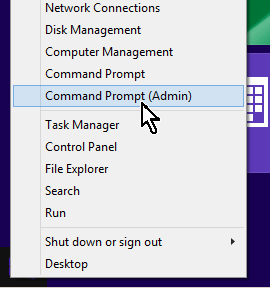

In order to view the partition of each disk you first need to select it through the select disk = n command, where n points to the disk number that appears in the first command.Īfter selecting the disk, type list partition to see list of partitions that exist within this disk here the hidden partition of our USB zip drive (Partition 0–1147 MB) appears.ĭiskPart is a powerful tool for disk management under Windows ® OS. 4.61 we typed List disk to view a list of connected hard disks to this PC and associated numbers (in my case I have one hard disk and two attached USB zip drives). Using DiskPart utility to uncover hidden partitions. Run the command bootsect.exe /nt60 X: where X: is the drive letter assigned to your USB drive. Insert your Windows 7 DVD, change to the DVD drive in your command window, then change into the “boot” directory. 10.Įnter the commands assign and exit to complete the formatting process. 9.Įnter the command format fs=ntfs to format the drive. 8.Įnter the command active to mark the new partition as active.

7.Įnter the command select partition 1 to select the newly created partition. 6.Įnter the command create partition primary to create a new primary partition on the USB drive. 5.Įnter the command clean to wipe the drive. Use the command select disk X where X is replaced with the number of the disk used by your USB drive. 2.Įnter the command list disk to determine which disk is your USB drive. Open a Command Prompt using Administrative privileges. Issuing the wrong commands when creating bootable USB drives can format your hard disk, so be careful. Diskpart error codes make it easy for you to handle command execution more precisely. Diskpart supports scripting, and you can create scripts to automate repeated disk-related administrative tasks. Because Diskpart works in a more enhanced mode than its counterpart, the Disk Management snap-in, it has more control over the selected disk, partition, or volume. You can use this utility to perform simple disk-related tasks, such as creating and deleting partitions and volumes, and complex tasks, such as creating, maintaining, and managing fault-tolerant volumes. This utility consists of several commands that run only after the Diskpart interpreter has started. This utility is different from other command-line utilities in that it runs in the Windows command shell as a text-based command interpreter. Pawan Bhardwaj MCSE, MCT, Security+, Network+, A +, in How to Cheat at Windows System Administration Using Command Line Scripts, 2006Ĭhapter 6 is dedicated to the Diskpart command-line utility used to manage hard disk partitions and volumes.


 0 kommentar(er)
0 kommentar(er)
